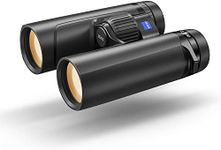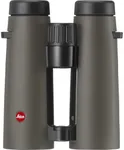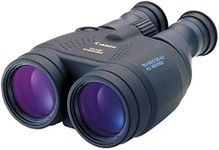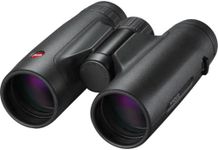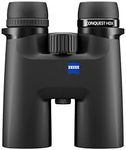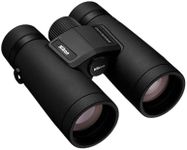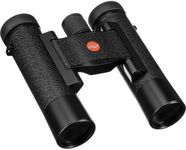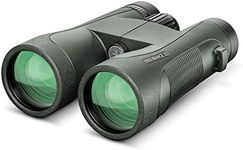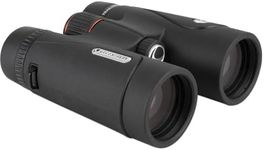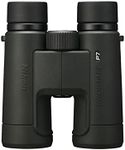Buying Guide for the Best Binoculars
Choosing the right binoculars can greatly enhance your viewing experience, whether you're birdwatching, attending a sports event, or exploring the great outdoors. The key to finding the perfect pair lies in understanding the various specifications and how they align with your specific needs. Here are the main specs to consider when selecting binoculars and how to navigate them.MagnificationMagnification indicates how much closer an object appears compared to the naked eye. It's represented by the first number in the binoculars' specification (e.g., 8x42 means 8x magnification). Higher magnification (10x or more) is great for detailed viewing but can be harder to keep steady. Lower magnification (7x or 8x) offers a wider field of view and is easier to stabilize, making it ideal for activities like birdwatching or sports events.
Objective Lens DiameterThe objective lens diameter is the second number in the specification (e.g., 8x42 means 42mm diameter). This size determines how much light enters the binoculars, affecting brightness and image clarity. Larger diameters (42mm or more) are better for low-light conditions but make the binoculars heavier. Smaller diameters (25mm to 35mm) are more compact and lightweight, suitable for daytime use and portability.
Field of ViewField of view (FOV) is the width of the area visible through the binoculars, usually measured in feet at 1,000 yards. A wider FOV (e.g., 400 feet) allows you to see more of the scene, which is beneficial for tracking moving objects like birds or athletes. A narrower FOV (e.g., 300 feet) provides a more focused view, which can be useful for observing stationary subjects.
Prism TypeBinoculars use prisms to correct the orientation of the image. The two main types are Porro prisms and Roof prisms. Porro prisms offer better depth perception and a wider field of view but are bulkier. Roof prisms are more compact and durable, making them ideal for outdoor activities. Choose based on whether you prioritize image quality and depth (Porro) or portability and ruggedness (Roof).
Eye ReliefEye relief is the distance between your eye and the eyepiece while still seeing the full field of view. This is crucial for eyeglass wearers. Longer eye relief (15mm or more) ensures comfort and a full view with glasses on. Shorter eye relief (less than 15mm) might be uncomfortable for eyeglass wearers but can be fine for those without glasses.
Waterproof and FogproofWaterproof and fogproof features protect binoculars from moisture and internal fogging, which is essential for outdoor use in varying weather conditions. Look for binoculars with these features if you plan to use them in humid, rainy, or cold environments. They ensure durability and clear viewing in challenging conditions.
Weight and SizeThe weight and size of binoculars affect portability and ease of use. Heavier and larger binoculars can be tiring to hold for extended periods but often offer better image quality. Lighter and more compact models are easier to carry and handle, making them suitable for travel and casual use. Consider how long you'll be using them and how much weight you're comfortable carrying.
